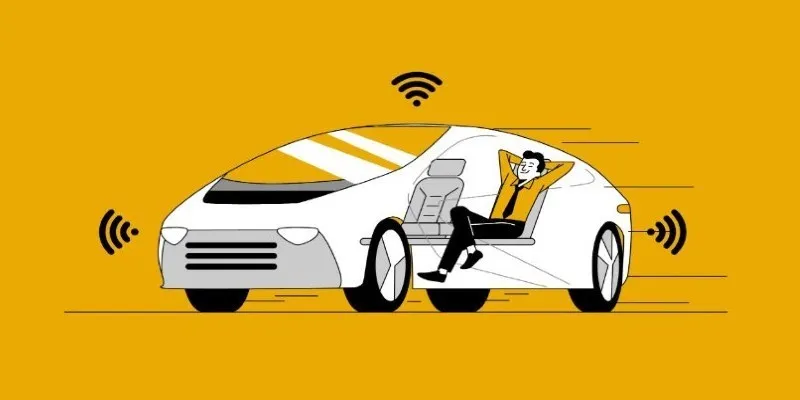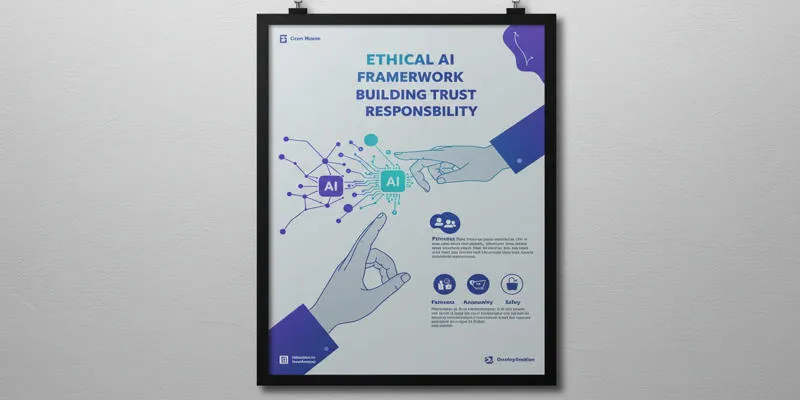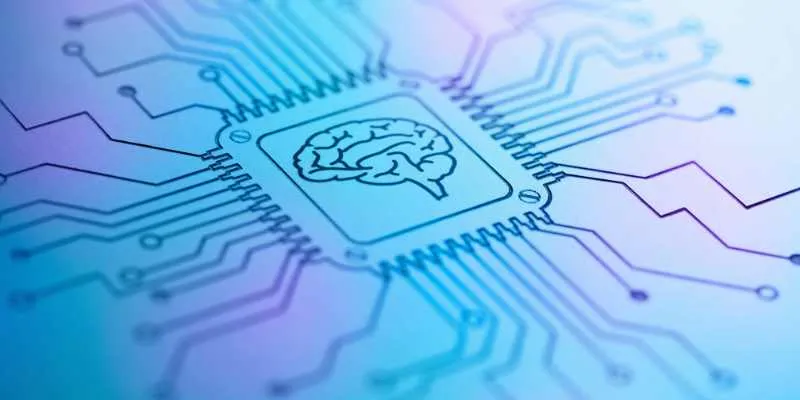Imagine sitting in a car, hands off the wheel, as it navigates a busy street autonomously. This scenario is no longer science fiction—it’s becoming reality, thanks to AI in Autonomous Vehicles. Cars have evolved from simple machines to complex systems equipped with sensors, cameras, and advanced AI that can think, learn, and react without human intervention.
AI in Autonomous Vehicles is about more than just driving; it’s about creating smarter, safer, and more efficient transportation. Let’s explore how this technology is shaping the future and transforming industries, paving the way for a new era in travel.
How AI Works Inside Self-Driving Cars
When we discuss AI in Autonomous Vehicles, we’re talking about systems designed to mimic human decision-making, often with greater speed and accuracy. Self-driving cars rely on a multi-layered structure where sensors gather data, and AI interprets that data to make real-time decisions.
The first layer is perception. The car uses cameras, LiDAR (Light Detection and Ranging), radar, and ultrasonic sensors to map its environment in detail. AI processes this raw data into meaningful insights, recognizing pedestrians, traffic lights, road signs, and even subtleties like potholes or animals crossing the road.
Next comes prediction. AI in Autonomous Vehicles doesn’t just observe its surroundings; it also predicts future occurrences. For example, if a pedestrian is about to cross at a crosswalk, the AI system evaluates the likelihood of that individual crossing the road.
Lastly, there’s planning and control. This is where the vehicle determines its next action—whether to accelerate, brake, change lanes, or stop. AI continuously updates these decisions based on streaming data, never tiring or becoming emotional like a human.
All of this is made possible by immense computing power and sophisticated algorithms. AI systems are trained on millions of miles of driving behavior. The more they’re trained, the smarter and safer they become.
The Real Challenges and Ethical Questions
While the technology is impressive, AI in Autonomous Vehicles faces numerous challenges. Roads are unpredictable, and human behavior is often irrational. Self-driving cars must operate safely not just under ideal conditions but amidst real-world chaos.

Weather presents a significant obstacle. Rain, fog, and snow can interfere with sensors, making it difficult for AI to “see.” Construction zones, unusual road layouts, or cyclists weaving through traffic test AI’s limits.
Beyond technical challenges, there are ethical questions. How should self- driving cars respond in a no-win situation? For instance, if a sudden obstacle appears, should the car prioritize passenger protection or minimize overall harm, even if passengers are at risk? These scenarios spark debates in ethics and programming.
Accountability is another sensitive topic. If AI in Autonomous Vehicles makes a mistake, who is responsible? The manufacturer, the software developer, or the passenger? Laws and regulations are still evolving to address these questions.
Security is a major concern. As connected devices, self-driving cars are vulnerable to hacking. Ensuring AI systems are secure from cyber threats is vital before widespread adoption.
Public trust also remains a hurdle. Although AI in Autonomous Vehicles continues to improve, many people are skeptical about surrendering control to a machine. For widespread acceptance, companies must demonstrate transparency, safety records, and real-world reliability.
The Road Ahead: AI Shaping the Future of Transport
Despite the challenges, the future of self-driving cars powered by AI looks promising. Major companies like Tesla, Waymo, and Uber are investing billions in AI-driven vehicle technology. Governments are supporting pilot projects in cities to test and enhance AI in Autonomous Vehicles.
The benefits of self-driving cars are undeniable. AI systems never tire or become distracted, potentially reducing road accidents caused by human error. Traffic efficiency could improve dramatically, with AI in Autonomous Vehicles communicating to optimize routes and reduce congestion.
For businesses, self-driving cars offer cost savings, especially in logistics and transport. Delivery services could become faster and cheaper with AI managing fleets of autonomous vehicles.
Environmentally, AI in Autonomous Vehicles can enhance electric cars by managing energy consumption more efficiently. They can adopt smoother driving patterns that reduce fuel use or battery drain.
Self-driving cars also promise greater accessibility. AI-powered vehicles could help the elderly, those with disabilities, or individuals unable to drive, gain independence and mobility.
However, the transition won’t happen overnight. Experts predict it could take another decade or more before self-driving cars dominate the roads. In the meantime, AI will continue to support human drivers through advanced driver- assistance systems (ADAS), such as automatic braking, lane-keeping, and adaptive cruise control.
What’s clear is that AI in Autonomous Vehicles is not just about building smarter cars; it’s about creating a new ecosystem of transport, reshaping cities, and changing how people live and move.
The Future of AI in Autonomous Vehicles
The journey toward fully self-driving cars is complex but inevitable. AI in Autonomous Vehicles marks a pivotal moment in history, where machines take on one of our most personal tasks—driving. This shift is not just technological but cultural, ethical, and social as well.

AI already enhances many vehicles today, making driving safer and more convenient. However, the true revolution is just beginning. Self-driving cars, powered by advanced AI, promise to reduce accidents, alleviate traffic, and create new opportunities.
Despite challenges like trust, safety, and ethics, AI in Autonomous Vehicles is evolving rapidly. While risks exist, this technology is already shaping the future of transportation, moving us closer to a smarter, safer, and more connected world.
Conclusion
AI in Autonomous Vehicles is transforming how we approach transportation, with self-driving cars promising safer, smarter, and more efficient travel. While challenges remain in trust, safety, and ethics, the progress made so far shows that this technology is rapidly evolving. The future of self-driving cars is no longer a distant dream; it’s a reality taking shape. As technology advances, AI is accelerating us toward a world where autonomous vehicles will be the norm, reshaping our roads and lives.
 zfn9
zfn9





















